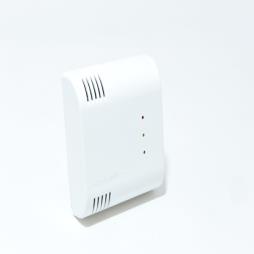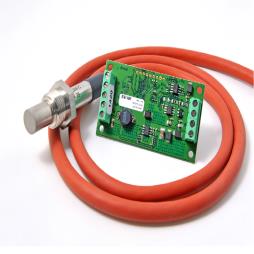How to Prevent Air Quality Health Concerns in Your New and Refurbished Air Tight Buildings
21-01-2015
Visit the SST Sensing Ltd website for more information on How to Prevent Air Quality Health Concerns in Your New and Refurbished Air Tight Buildings





